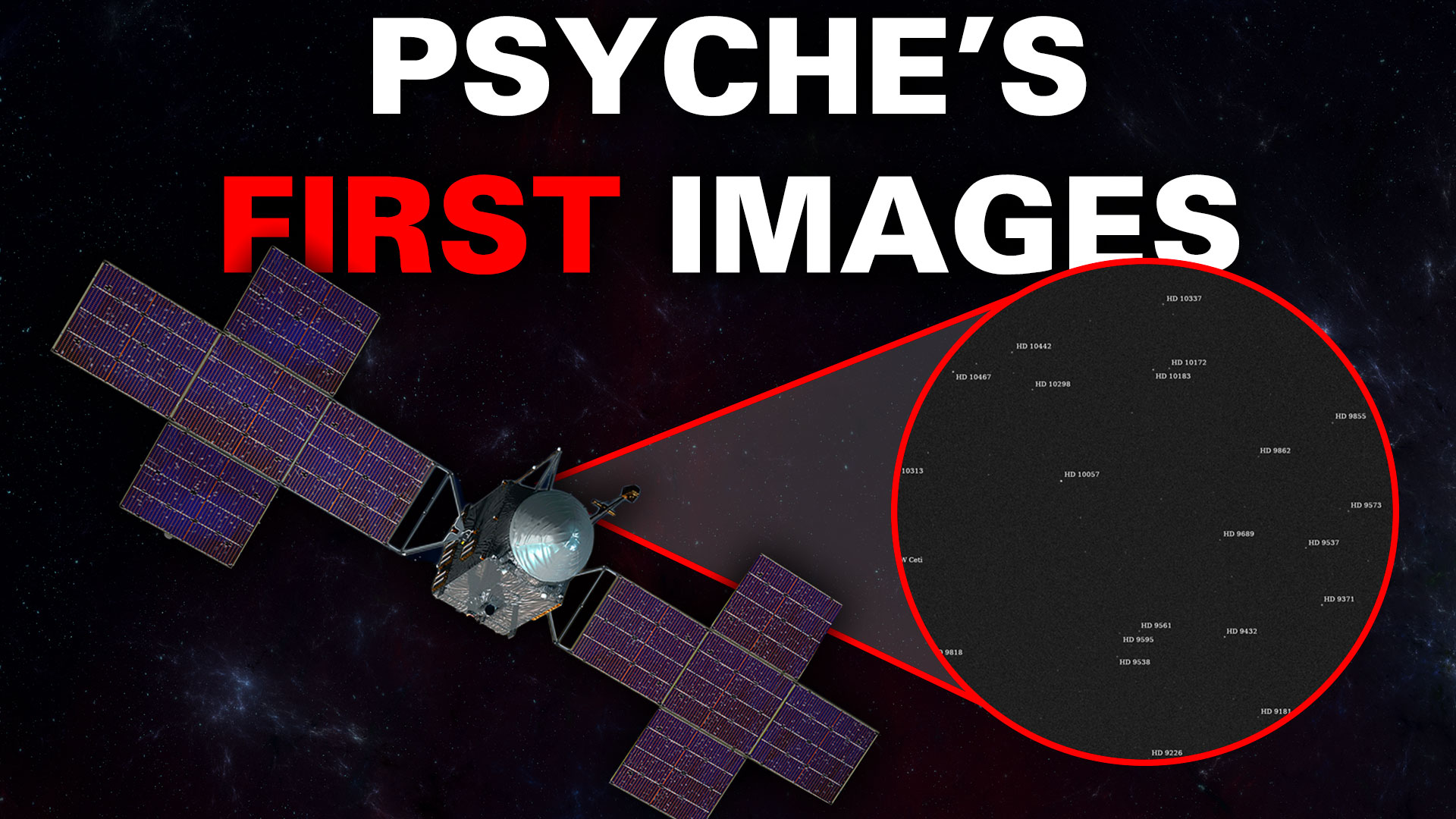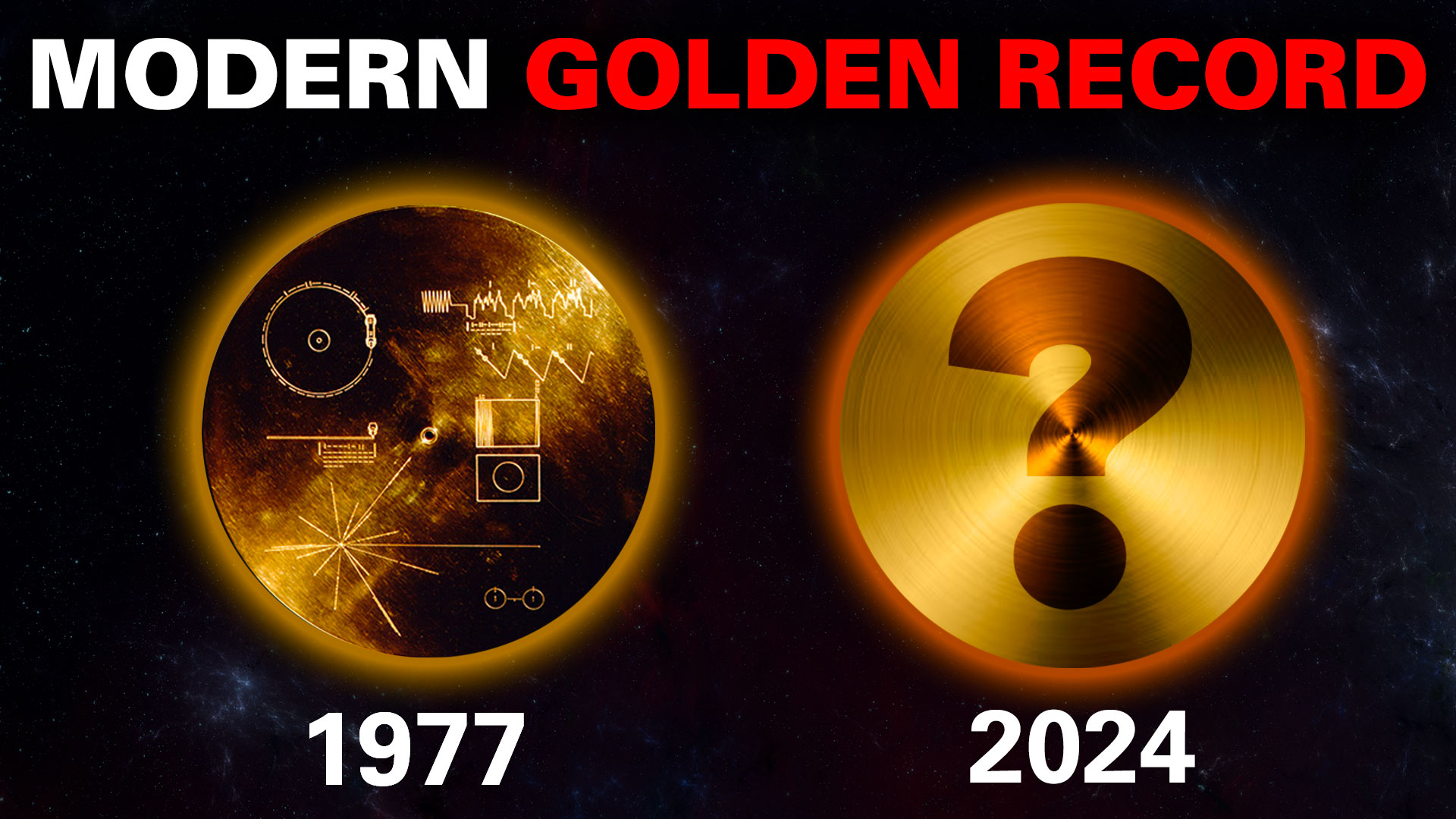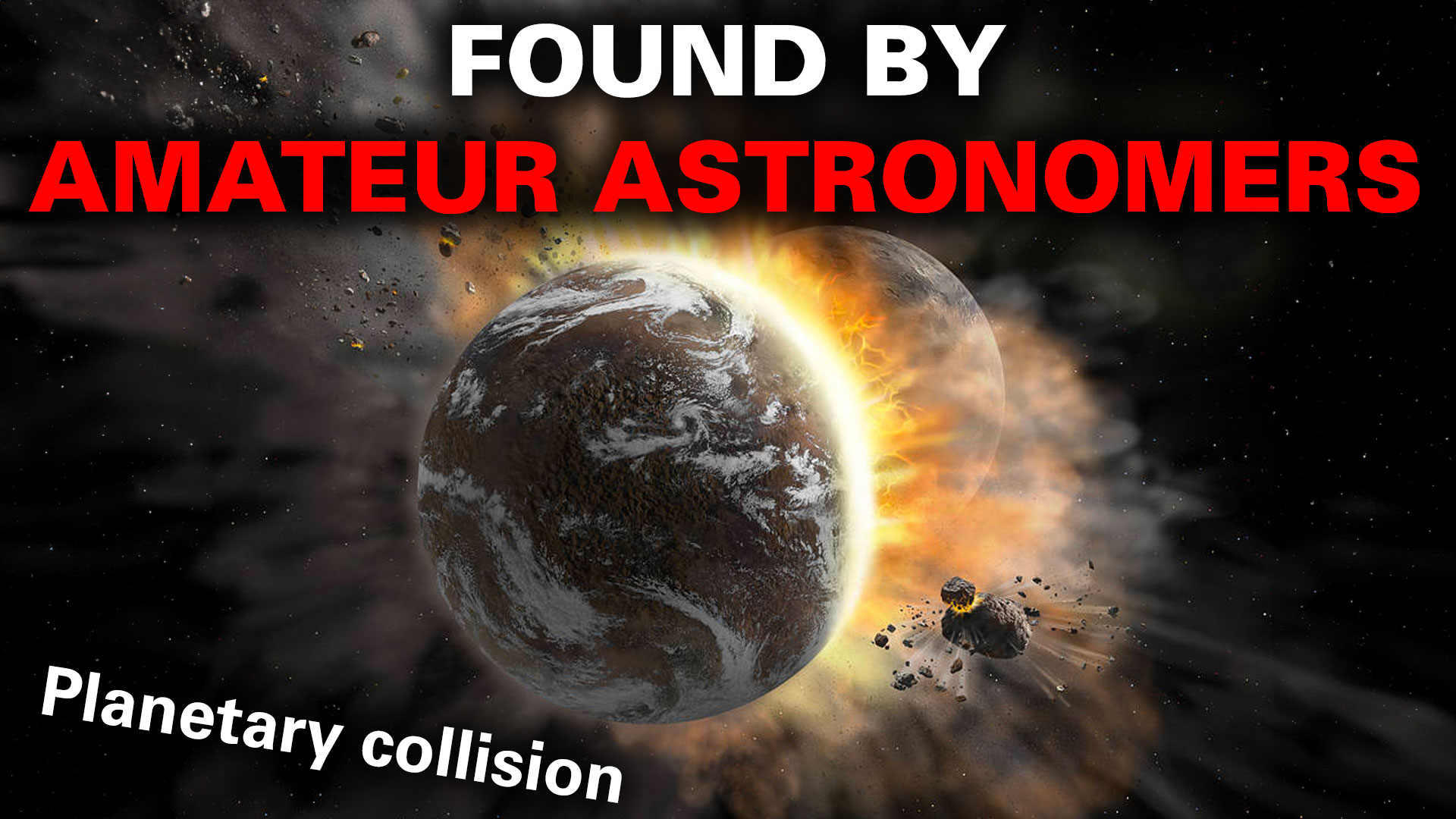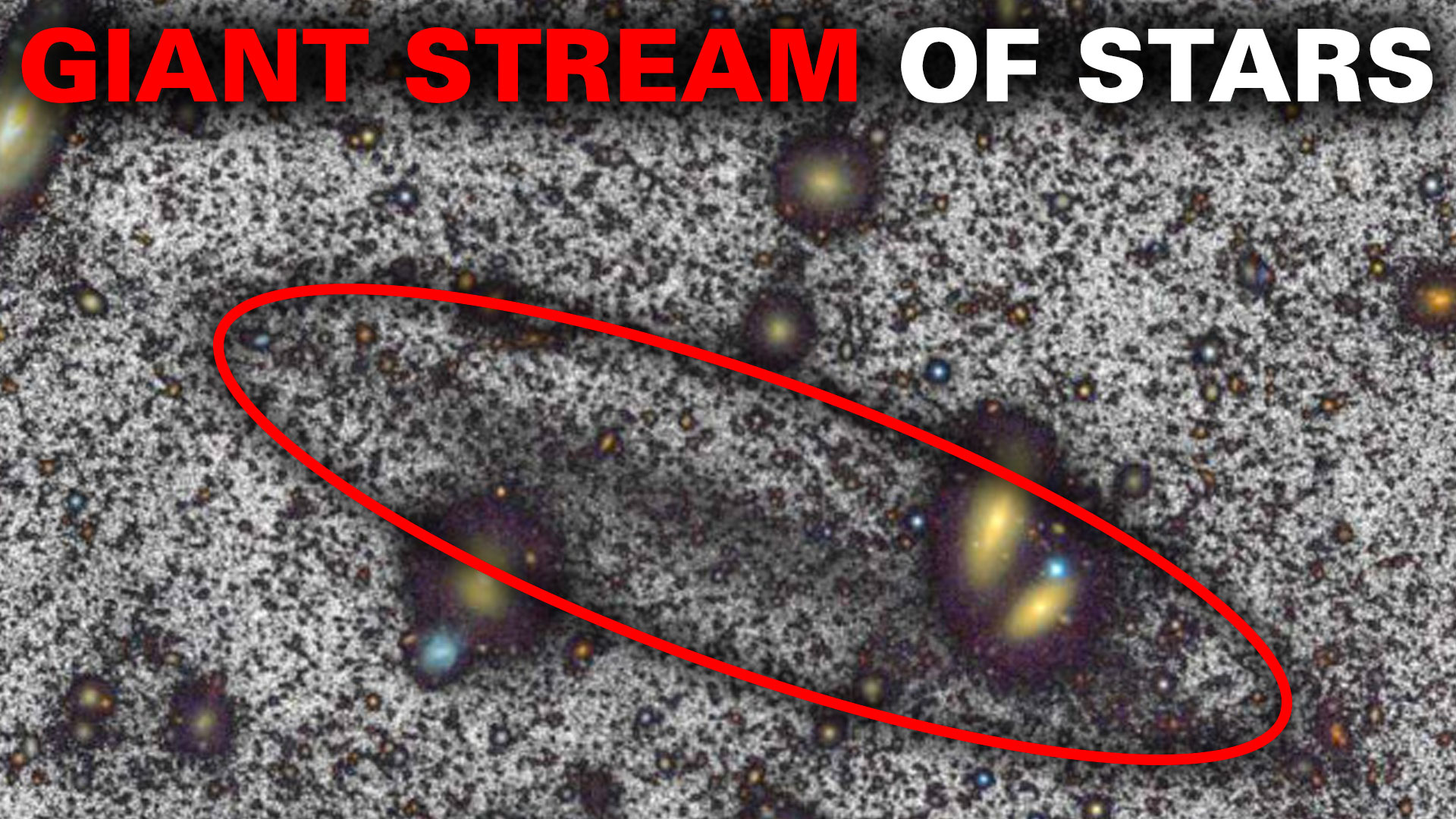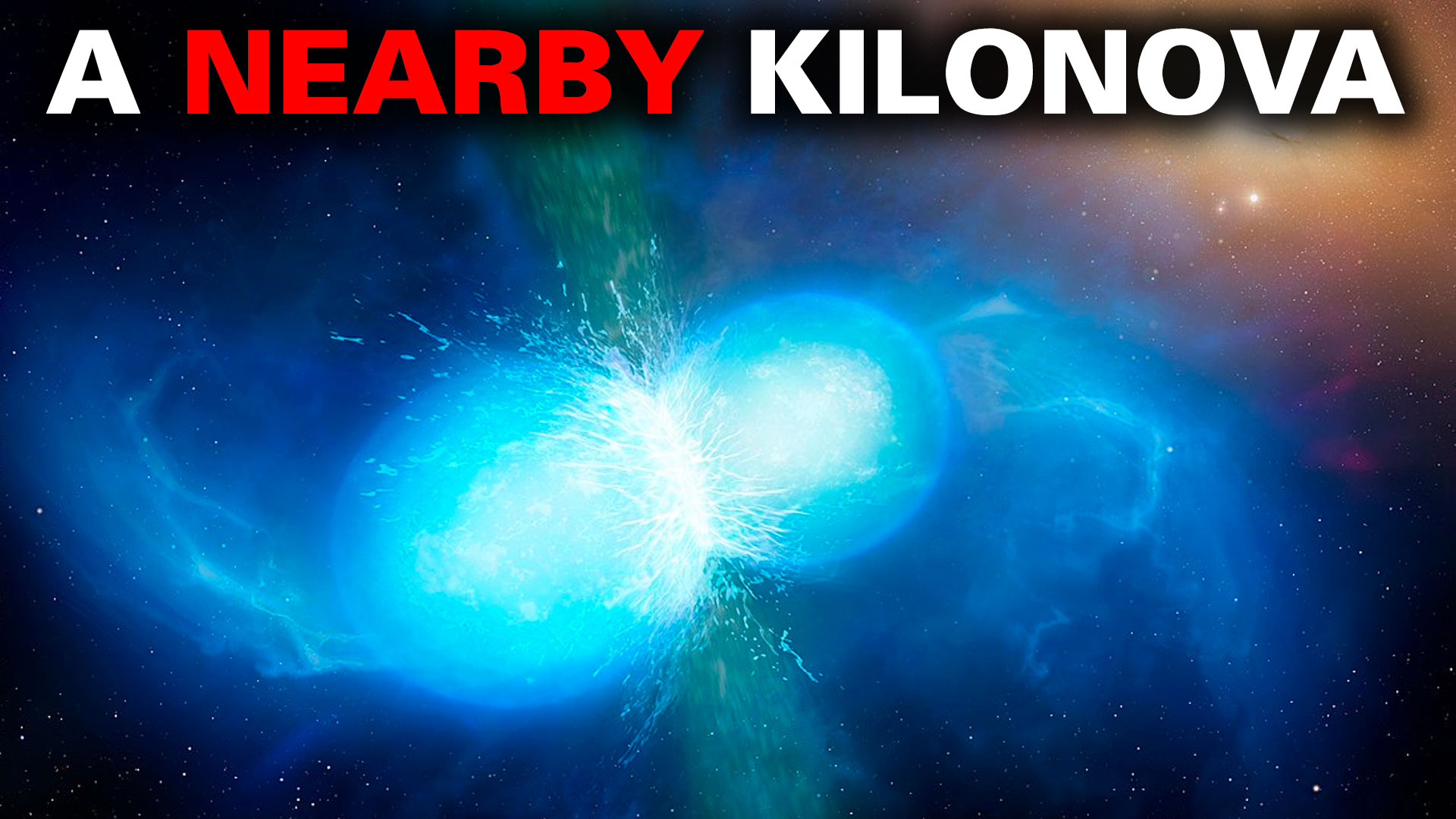NASA’s Psyche mission began eight weeks ago when it launched from the Kennedy Space Center. While it won’t reach its objective, the metal-rich asteroid Psyche, until 2029, the spacecraft has already travelled 26 million km (16 million miles.) During that time, it’s already had its share of success as it ticks off items on its checklist of tests.
Now, we have our first images from Psyche. And while they don’t show us anything about its eventual target, they give us a behind-the-scenes look at how complex spacecraft prepare themselves as they cruise toward their destinations.
Continue reading “Psyche Gives Us Its First Images of Space”
